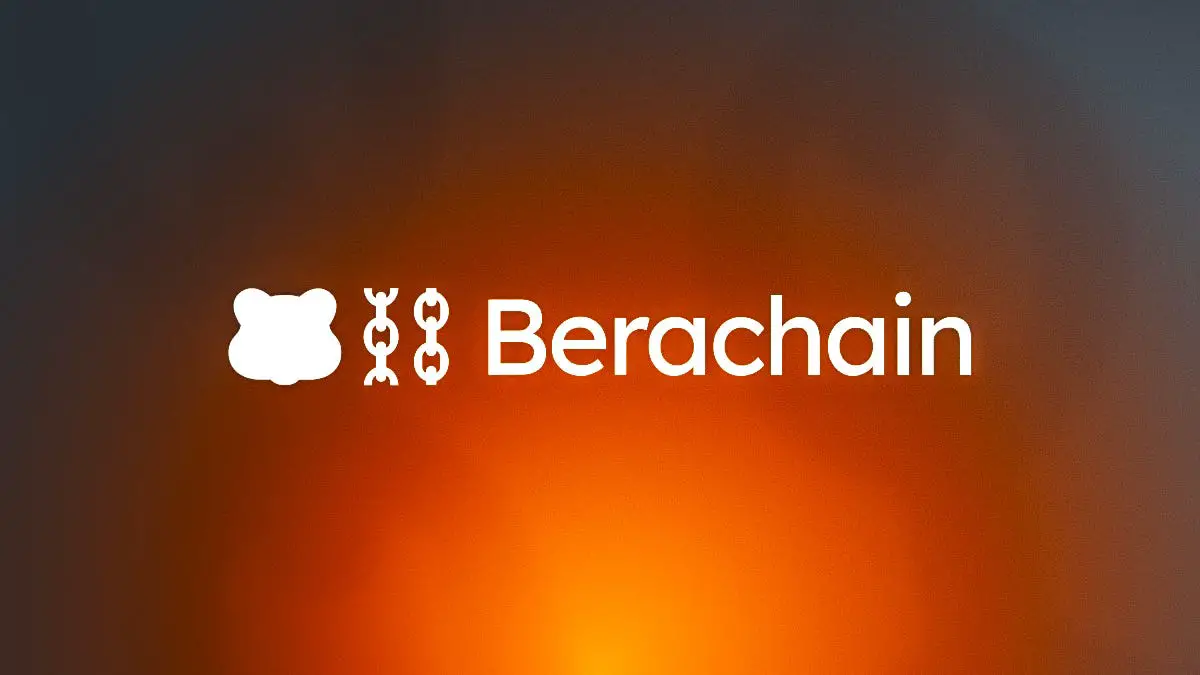
- The transaction fees of Solana have reached the lowest level since September 2024, which reflects a significant decline in network activity and user management.
- The validators will vote on suggestions that affect the operating premiums and inflation and may change the economic structure of the network.
The transaction fees of the Solana network have been to the lowest level since September 2024 fallen. Last week, only 53,800 Sol were created from transaction fees – a much smaller amount than at the beginning of the year.
In fact, in January 2025, the network generated up to 361,000 SOL in a single week, which was mainly due to the hype about meme coins such as Trump and Melania, which attracted the attention of the market.
User activity on Solana goes back strongly
However, this tendency is not only due to the transaction fees. The average 7-day number of active addresses in the network has recently dropped by 35 %.
Platforms such as Jito, Magic Eden and Save have also suffered; In the last 30 days, active users have dropped by 56 %, 38 %and 42 %. This phenomenon shows that users’ enthusiasm for the Solana ecosystem gradually decreases after the initial upswing at the beginning of the year.
But that’s not all, the revenue of the validers through transaction information on Jito has dropped. At the peak, when the meme coin triggered a real activity frenzy, the validators were able to take around $ 62,000 a day. This number has now dropped drastically to a little more than $ 11,300 a day.
Validators coordinate about operations and inflation adjustments
Solana validators are currently preparing to coordinate two suggestions that can change the TOKENOMICS structure of the network in the midst of slow network activity. SIMD 0123 is the first proposal to shift the fees for the transaction priority to the Validator Stakers, which increases the incentives for staking and the execution of transactions on the chain is improved.
In other words: Sol owners who participate in staking will benefit more if this mechanism is used.
The second proposal, Simd 0228, suggests changing the SOL inflation rate depending on the degree of participation in staking. If this measure is carried out, it could reduce the sales pressure onto the stakers and reduce the degree of dilution of the tokens.
The CNF had reported that the plan would reduce SOL inflation to less than 1 % and thus create a token shortage that could contribute to stabilizing the network economy. The supporters of the measure hope that the measure will increase the long -term value of Sol.
However, critics point out that the influence of the mechanism is not fully predictable and can lead to unstable yields.
The price of SOL also fell as part of these developments. At the editorial deadline, SOL was traded for about $ 123.15, which corresponds to a decline of 3.82 % within the last 24 hours and 9.81 % within the last 30 days.
Since the market mood has not yet recovered completely, the course from SOL will not recover so easily, especially since the network activity remains far behind expectations.








No Comments